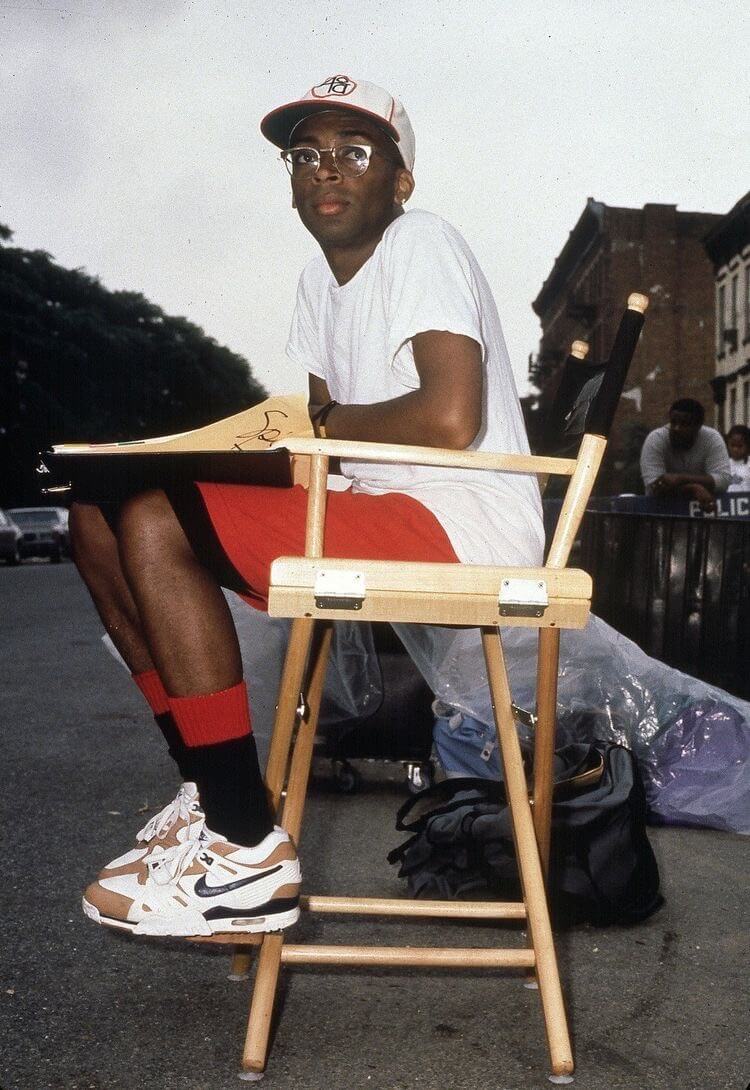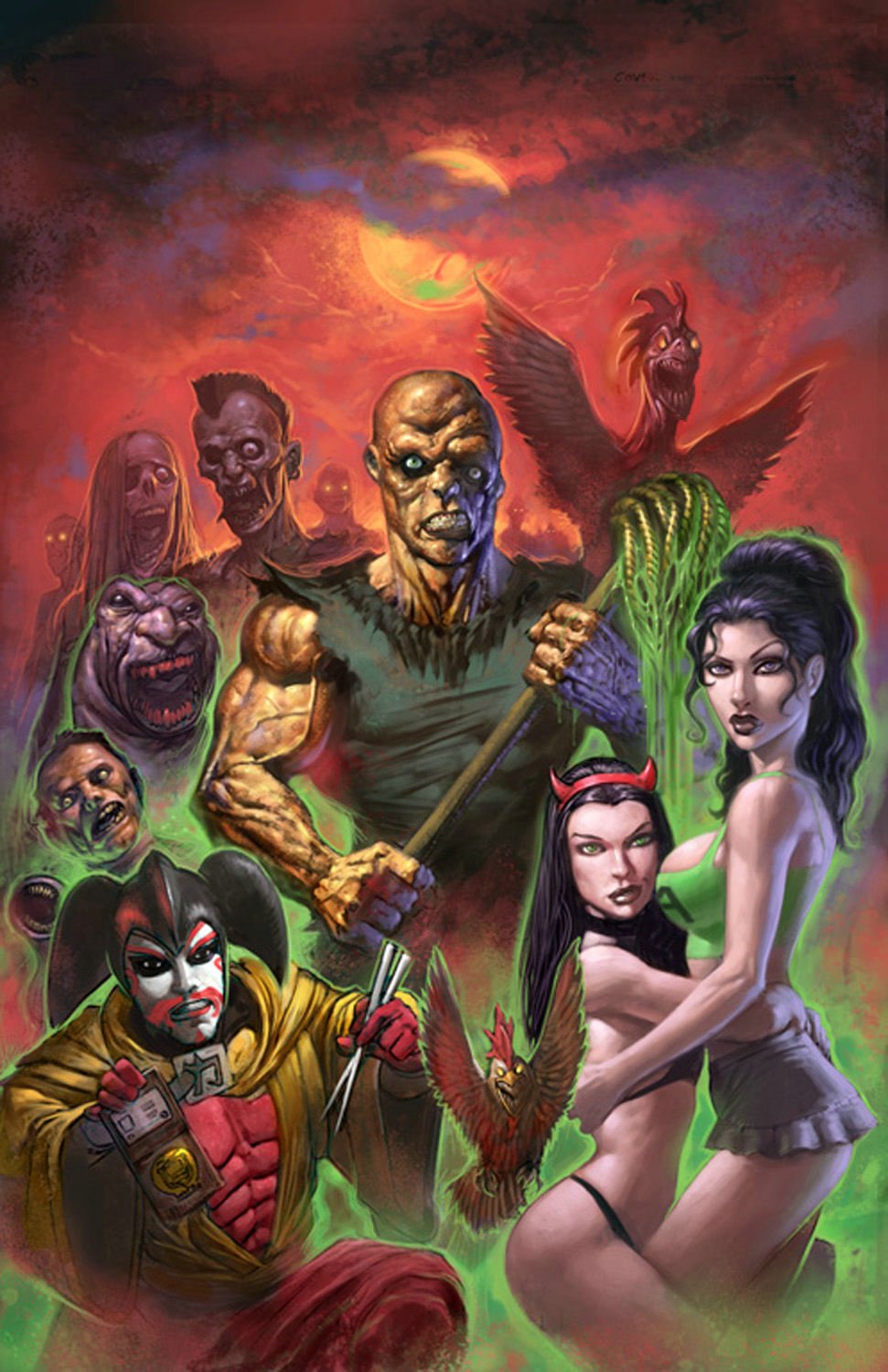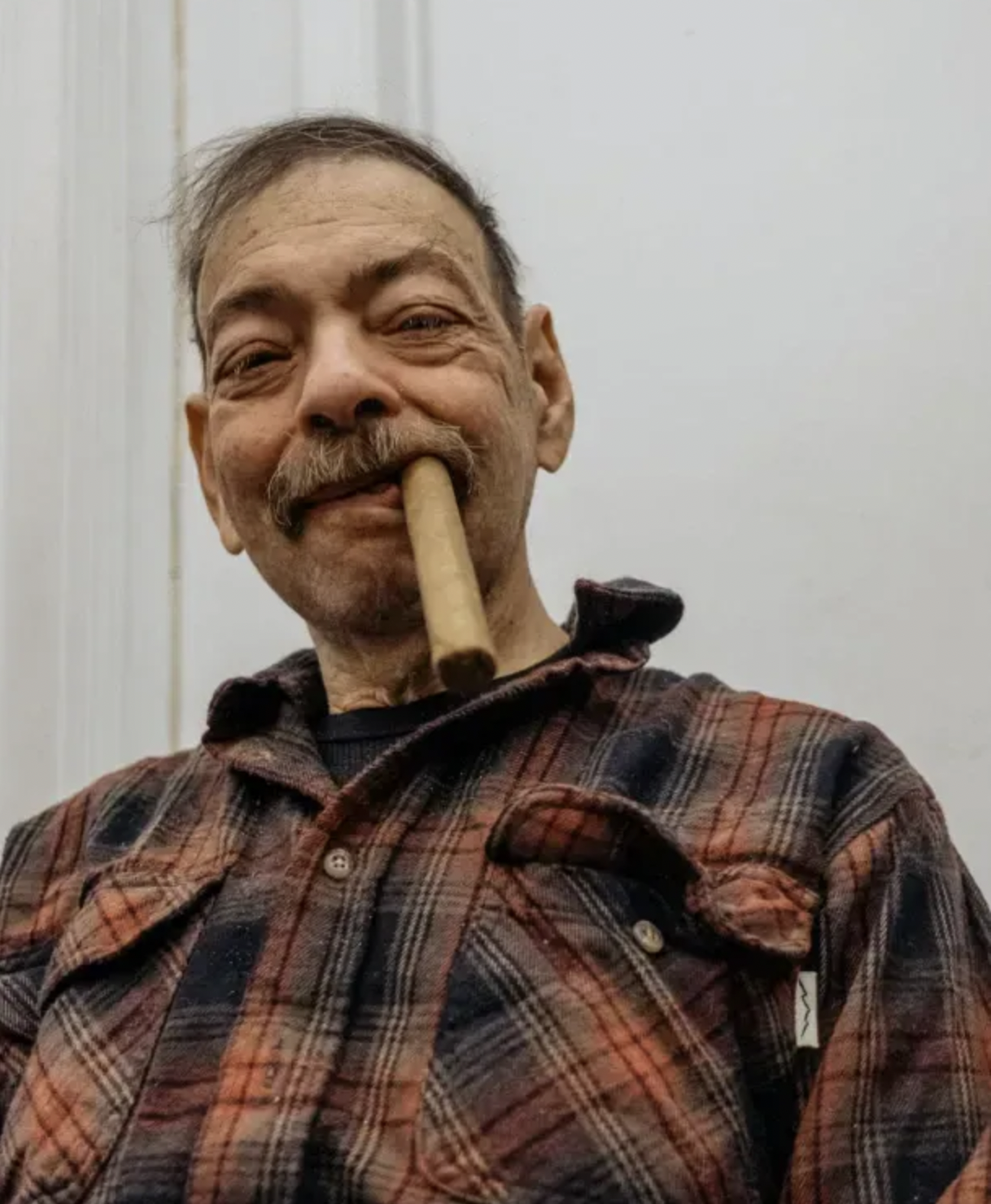
Black Cinema-Untold
The history of the African-American Cinema is a harsh timeline of racism, repression and struggle contrasted with film scenes of boundless joy, hope and artistic spirit. A sad and prevalent reality that still exists to some level in Hollywood . Until recently, the study of the “separate cinema” (a phrase used by historians John Kisch and Edward Mapp to describe the segregation of the mainstream, Hollywood film community) was limited, if not totally ignored, by writers and researchers. The uphill battle by black filmmakers and performers, to achieve acceptance and respect, was an ugly blot on the pages of film history. Upon winning his Best Actor Oscar for LILIES OF THE FIELD (1963), Sidney Poitier accepted, on behalf of the countless unsung African-American artists, by acknowledging the “long journey to this moment.” This emotional, heartbreaking and inspiring journey is vividly illustrated by the latest acquisition to the Belknap Collection for the Performing Arts – THE AFRICAN-AMERICAN CINEMA COLLECTION.
The period of “Blacksploitation” or “Blaxploitation” in the late 1960s and 70s is a major area covered in the African-American Cinema Collection. Films such as SHAFT, SUPERFLY, SCREAM, BLACULA ,SCREAM and CLEOPATRA JONES offered flashy lead roles to black actors, but action and grit often overshadowed character development and plotlines. However, the film output did prove the audience for black film was present and eager. The “New Black Wave”, beginning in the 1980s (led by directors such as Spike Lee and John Singleton) was the culmination of a century of filmmaking and yearning. Films such as DO THE RIGHT THING (1989) and BOYZ N THE HOOD (1991) tackled serious topics that crossed racial lines and appealed to mainstream audiences.
SPIKE LEE AND THE BLACK CINEMA REVOLUTION
Recent Netflix ‘ They’ve gotta have us’ titled similarly to Spike Lee’s ‘She’s gotta have it’ is an absolutely remarkable and fascinating documentary covers Blackhistory in cinema centering around talented directors like Spike Lee. Hattie McDaniel being the first African American to ever win an Oscar for’ Gone with the win’ broke the cinematic boundaries and inspired both Black actors and Filmmakers to contribute in creative ways nourishing each other’s talents. Since D.W Griffith’s The Birth of a Nation in 1915 , the black racial demographic were depicted as being aggressive, irrational and logically ignorant in the eyes of the racist white audiences. From that point onwards, black filmmakers wanted to express themselves, trying to shed the terrible image originally pressed upon them by white directors, ‘focusing on the ways they engage race, racism, the American Dream, state violence, cultural commodification and difference’. Firstly It began with the segregated cinemas, where solely white people could attend to watch mainstream film productions, leaving the black community to create its own film industry.
Spike Lee looks at a vast range of social classes and demonstrates that ethnic problems do not just revolve around the slums but in everyday middle-class society. These uses of both blatant and understated social remarks about the representation of race are seen in the 1991 movie Jungle Fever and his 1989 masterpiece Do the Right Thing. In Do the Right Thing, it can be clearly represented through Big Sal’s Famous Pizzeria and its Wall of Fame. To the Italian Americans, the Wall of Fame is a personal way of displaying their own heritage, filled with the idols and proud representatives of their racial culture. It is compromised by the black neighbourhood the restaurant is placed in. The character nicknamed Buggin’ Out because of his exaggerated tendencies to take things out of proportions, complains to Big Sal about the lack of Negro representation. These are extremely powerful films that inspire Black a Filmmakers to this day.
RACIAL DISCRIMINATION IN HORROR FILMS
The Recent release of ‘Black Panther’ created so much hype and admiration amounts both Black and other audiences showing beautiful Black people in a powerful, intelligent and culturally rich way , everything that mainstream Hollywood was afraid to do. I’m not one for superhero films but Black Panther was such a delight! Director Jordan Peel, a big appreciation for his introduction of All black casts in Horror Films. This is something unseen and uncovered , oddly enough. American-produced horror films, racial minorities, or more broadly people of color, did not receive as much representation in horror films as white people, and were often relegated to lesser roles compared to white characters in narratives.
For most of the 20th century, American horror films had predominantly white casts and audiences Minorities were often subject to tokenism, being frequently cast as supporting characters rather than main characters, or as violent characters or villains.The utilization of African-American characters in particular in horror films has led to the acceptance of tropes or presumed tropes, such as that black characters are likely to die first. However not in Jordan Peel’s Films and his brilliant plot twists, I have great respect for his creative work.
There are so many other brilliant films worth mentioning like Moonlight, the help, Selma and so on. These are powerful works and I have a list up on here very soon. Till then feel free to share your favorite Black film recommendations and more!



